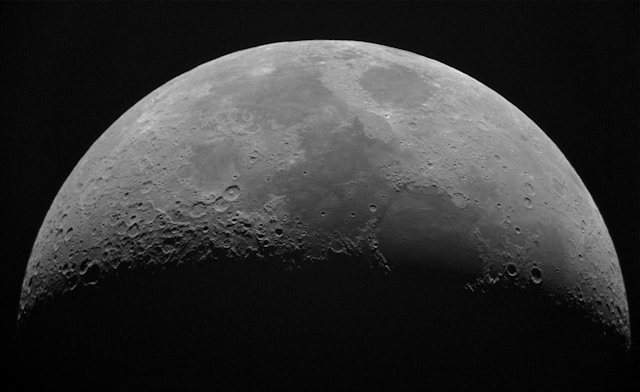China celebrates the successful return of change-6 with lunar samples, marking a significant milestone in space exploration
China has achieved a monumental feat in space exploration with the return of its Chang’e-6 lunar probe, which landed in the Inner Mongolia desert carrying precious samples from the Moon’s uncharted far side. This mission, spanning nearly two months, culminated in a historic landing that has captured global attention and scientific curiosity.
The Chang’e-6 mission, China’s sixth lunar expedition and second to the far side, departed from a space centre in early May and successfully navigated to a crater near the Moon’s south pole. Equipped with advanced technology including a drill and robotic arm, the probe collected soil and rock samples, captured surface images, and even planted the Chinese flag, symbolizing the nation’s ambitions in space exploration.
Scientists worldwide eagerly anticipate analyzing these samples, which promise to unlock crucial insights into lunar geology and planetary formation processes dating back approximately 4.5 billion years. Of particular interest is understanding whether the Moon originated from a collision involving an early version of Earth, a theory that could be supported or challenged by the composition of these samples.
The far side of the Moon, with its rugged terrain and potential for ice deposits, poses unique challenges and opportunities for exploration. China’s ability to successfully navigate these challenges underscores its growing capabilities in space technology and exploration. President Xi Jinping personally congratulated the mission team, emphasizing China’s commitment to advancing scientific knowledge and exploring deep space for the benefit of humanity.
Catherine Heymans, the astronomer royal for Scotland, expressed excitement over the mission’s success, highlighting the geological mysteries that these samples could help unravel. Differences between the near and far sides of the Moon have long puzzled scientists, and these samples may provide crucial data to resolve these mysteries.
China’s ambitious space program, significantly bolstered in recent years, aims not only to rival but to collaborate with other global space powers. Plans include future crewed missions to the Moon by 2030 and establishing a lunar base at the south pole—a strategic move in the broader context of space resource exploration.
Looking ahead, the competition for lunar exploration and resource utilization intensifies, with the United States also planning ambitious missions to return astronauts to the Moon under the Artemis program. Analysts foresee a new era of space exploration not just focused on scientific discovery but also on economic and strategic interests, as nations vie for control and utilization of lunar resources.
Analysis:
Political Perspective: China’s successful Chang’e-6 mission showcases its technological prowess and ambition on the global stage, positioning the nation as a formidable player in space exploration. The mission’s achievements are a source of national pride and reinforce China’s strategic goals in advancing its space program amidst international competition.
Social Perspective: Socially, the Chang’e-6 mission captivates public imagination and scientific curiosity worldwide, underscoring the universal interest in space exploration and the quest for understanding planetary origins. The collaboration of international scientists in analyzing the lunar samples reflects shared goals in expanding human knowledge and exploration boundaries.
Economic Perspective: Economically, the race for lunar resources and the establishment of lunar bases represent significant potential for economic development and strategic advantage. Nations investing in space exploration aim to secure future access to valuable resources and technologies that could benefit both terrestrial and extraterrestrial economies.
